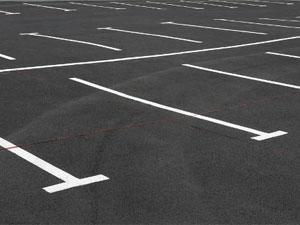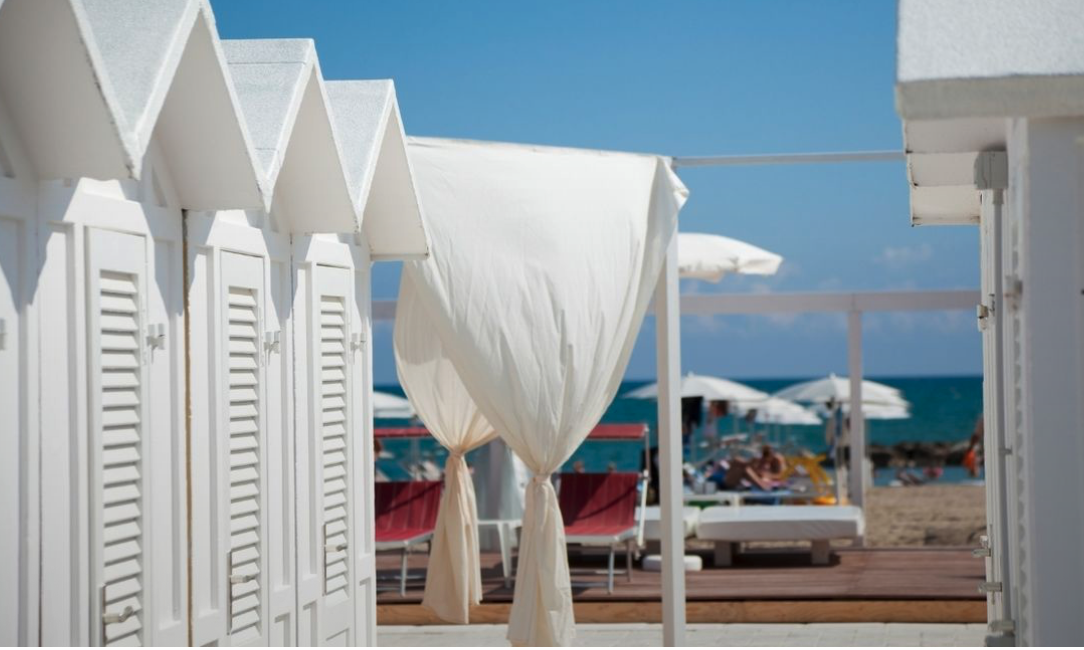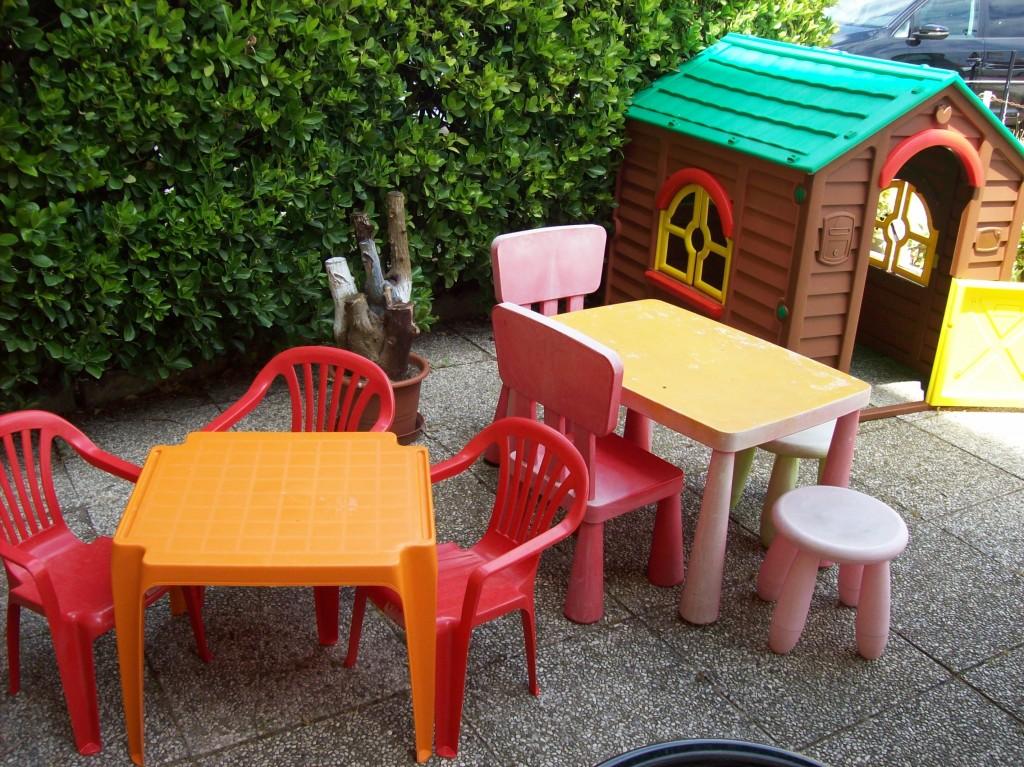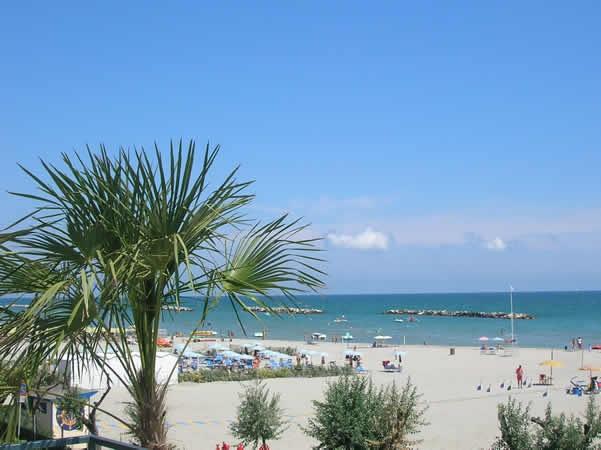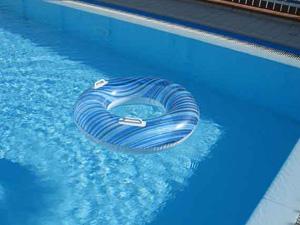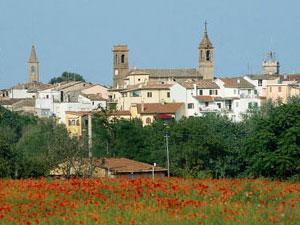Predappio (La Pré or Dvìa in Romagnolo) is a municipality in the hinterland of Forlì, in the province of Forlì-Cesena, with just over 6,000 inhabitants. Lying on the first hills of the Romagna Apennines, the town is known for its role in the history of the 20th century, but it also preserves precious evidence of more ancient times, dating back to Roman and medieval times. Its territory, immersed in a hilly landscape rich in vineyards and woods, is an integral part of the Romagna tradition and offers numerous points of interest to visit among art, architecture and nature.
Origin of the name
The place name 'Predappio' appears to derive from prè d'Appiaan expression combining the dialect term pré ('stone') to the name 'Appia'. The reference is twofold: on the one hand to the particular yellow stone on which the medieval castle of Predappio Alta, on the other to the figure of John of Appia, a castellan sent by the pope to govern the territory and oppose the Ghibellines. This dual origin testifies to how intertwined the history of the village is with that of its fortified structures and the political events of central Italy.

Until the early 20th century, Predappio was a small hill village built around a castle, while further down the valley was Dovìaa rural settlement whose name seems to derive from Latin Duo Viaewith reference to two important Roman roads. Here lived peasants, sharecroppers and artisansand the only points of aggregation were a school and atavern still standing today. In the 1920s, with the construction of the new town centre according to the dictates of rationalist architecture of the fascist period, Dovìa was transformed into Predappio Newbecoming the new administrative centre. The name 'Predappio' thus came to designate the new centre, while the old village took on the name of Predappio Alta.
History
Ancient Age
Numerous archaeological finds testify to the human presence in the area already in prehistoric times. In particular, in the hamlet of Fiumana artefacts from the Bronze Age and the remains of a Roman villa inhabited between the 1st and 4th centuries A.D. and probably belonged to wealthy landowners. These finds tell of a fertile, populated territory crossed by important road axes that connected the hinterland to the Adriatic. Excavations conducted since the 1960s have brought to light mosaic floors, ceramic fragments and wall structures, some of which can now be seen and studied by local institutions.
Medieval Age
In 1045 there is news of a Benedictine monastery in Fiumana, led in 1068 by an abbot named Bonizio. In the following centuries, the monastery became a spiritual and cultural reference point for the area, contributing to the transmission of knowledge and land management. In 1304 Predappio was controlled by the Marquises of the Argugliosilocal lords who fortified the castle, and in the 1424 the troops of Pandolfo III Malatesta conquered Fiumana during one of the many territorial disputes of the time. Ten years later, Antonio Ordelaffi He also obtained the lordship over these territories from the pope, consolidating his influence in the Rabbi valley.
Modern and Contemporary Age
In 19th centuryPredappio followed the fortunes of Romagna, passing into the 1859 at Kingdom of Sardinia and in the 1861 at Kingdom of Italy. The 29 July 1883, in Dovìa, was born Benito Mussolinicentral figure in 20th century Italian history. Its birth profoundly marked the transformation of the country, which during the Ventennio (the twenty years of Fascism) underwent radical urban restructuring, becoming a sort of symbol-city of the regime.
The foundation of Predappio Nuova
A landslide occurred between 1923 and 1924 was the pretext for moving the settlement from the hill to the valley floor. The new centre, built in rationalist style, was conceived as symbol of the grandeur of the fascist regime. The 30 August 1925in the presence of Roberto Farinacci, the founding ceremony of Predappio New with the laying of the foundation stone of the new buildings. Mussolini, although not present that day, visited the building sites the following year.
By Royal Decree of 17 February 1927, the municipal seat was officially transferred from Predappio Alta to the new centre. In the same period, the territory was enlarged to include the suppressed municipality of Fiumanaextending the administrative influence of the new settlement.
Symbols
In 1927, the new municipality adopted a new coat of armsconsisting of three elements: a fascio littorio, a castle and one tower. After the end of fascism, the fascio was replaced by a bunch of grapesrepresentative of the area's wine-growing vocation. The new coat of arms was approved by presidential decree in 1953. From 2006with the granting of the city title, the crown of the coat of arms was modified according to protocol, and now also depicts the symbols of the previous communities of Predappio and Fiumana.
Monuments and places of interest
Religious architecture
- Church of St Augustine in Rocca d'ElmiciRomanesque one-room building with frescoes of the Giotto school of Romagna, set in a picturesque rural context.
- Church of San Cassiano in Penninodating back to the 10th-11th centuries, it has been a national monument since 1934. It preserves an original crypt and exposed stone structures.
- Church of St. Anthony of PaduaBuilt in 1931 to a design by Cesare Bazzani, with a portal decorated by Alfredo Biagini. It was one of the symbolic buildings of the new Predappio.
- Church of St Mary of the AssumptionIn Predappio Alta, in 19th-century style, with a simple structure and gabled façade.
- Church of San Martinino: a small 15th-century rural church, now deconsecrated. Surrounded by woodland, it preserves the mystical atmosphere of Apennine parish churches.
- Shrine of the Blessed Virgin of MajestyBuilt in the 18th century, it houses votive offerings and evidence of local popular devotion.
Civil architecture
- Casa del Fasciomonumental building from 1937, a symbol of Fascist architecture, today included in the European circuit ATRIUM for the valorisation of 20th century heritage.
- Becker Housebuilt in 1925 to house the evacuees of the landslide, financed by a British politician. It is one of the earliest examples of public housing in the new city.
- Postelegraphic buildingDesigned by Florestano Di Fausto, it is distinguished by its portico and travertine decoration. It also housed the postmaster's quarters.
- Sanitary HouseInaugurated in 1931, it was a health centre with a pharmacy, outpatient clinic and dispensary. The complex consists of three connected buildings.
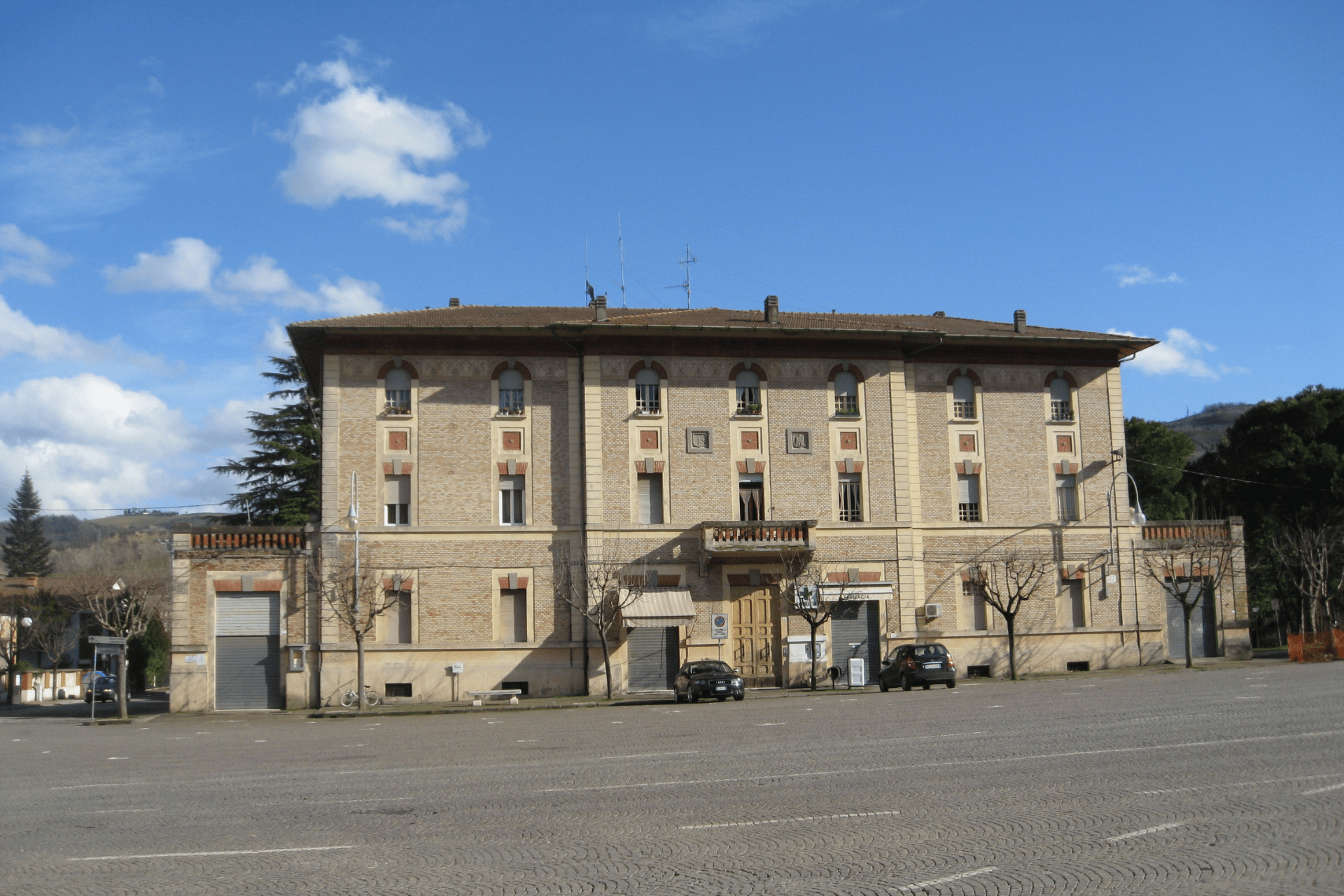
- Carabinieri BarracksEnlarged between 1934 and 1937, it features a scenic semicircular courtyard and two cylindrical turrets on either side of the façade.
- Food Marketa porticoed exedra with twelve arches, overlooking the city centre, once connected to Mussolini's birthplace by a monumental staircase.
- Varano PalaceNow the town hall, it was renovated in 1926 and enriched with decorations and a tower with a clock. It housed the Mussolini family and the local school.
Mussolini Crypt
Located in the San Cassiano cemeteryIt houses the remains of Benito Mussolini and other members of his family. It is visited by thousands of people every year.

Predappio Alta Castle
Of the ancient medieval castlementioned as early as 1283, the remains are still visible on the heights of Predappio Alta. The castle was reinforced in 1471 and represents the original core of the village.
Culture and research
The predappiese area is home to the international centre CICLoPE (Centre for International Cooperation in Long Pipe Experiments), an advanced fluid dynamics research facility housed in former military tunnels of the Caproni. The project, funded by the EU and the University of Bologna, aims to study high Reynolds number turbulence and involves numerous international partners.
Food and wine
Predappio is one of the symbolic centres of the Sangiovese, the main wine of Romagna, grown on the gentle hills of the area. Numerous wineries e farms offer tastings, guided tours and direct sales. In addition to wine, there is also the production of local cheeses. Of particular interest is a cheese matured in the sulphatenatural cavities once used for sulphur extraction, which give the product unique mineral flavours and aromas.
Anthropic geography
The municipality's hamlets include: Fiumana, San Cristoforo, Fiordinano, Riggiano, Predappio Alta, Calboli, Colmano, Marsignano, Massera, San Cassiano in Pennino, San Savino, Sant'Agostino, Santa Lucia, Santa Marina in Particeto, Porcentico, Tontola, Trivella, Montemaggiore di Predappio, Monte Mirabello, Monte Colombo.
Monsignan (or Marsignan) preserves important artefacts from Roman times, including votive cippus dedicated to Jupiter and Juno. The memorial stone dedicated to Jupiter Vector, conservato al Museo Archeologico di Forlì, è considerato la più antica testimonianza epigrafica del Forlivese. Altri cippi dedicati a Giove Obsequens e a Giunone Regina testimoniano l’importanza religiosa del sito nell’antichità.

